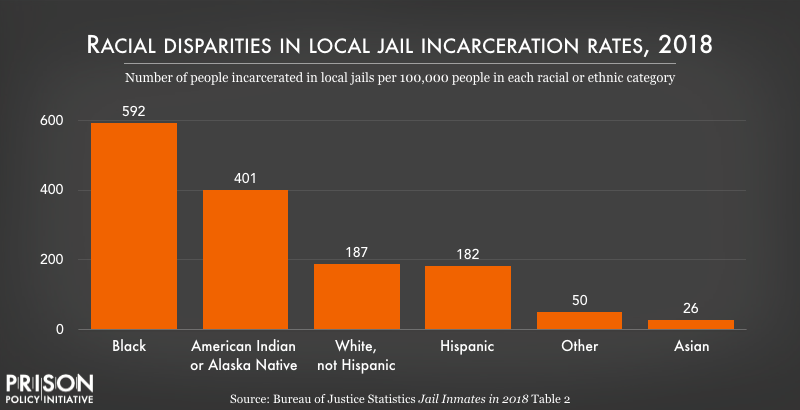
As noted in Appendix B, the rates of state and federal imprisonment, 1925-2012 (Figure 2-1), were taken from Maguire (n.d., Table ) and from Glaze and Herberman (2013, Table 2). Rates in Figure 2-1 are based on jurisdiction counts, while rates in Figure 2-2 are based on custody counts. A total incarceration rate that includes the jail population should be based on custody counts otherwise some double counting will occur whereby prisoners housed in county jails are also counted as being under state jurisdiction.
INCARCERATION STATICS IN EACH STTE BY RACR SERIES
Only jurisdiction counts are available in a continuous series from 1925 to 2012. It starts by tracing trends in AmericanġSmall differences in incarceration rates from different sources result mainly from whether jurisdiction counts (prisoners under the jurisdiction of the state, a small number of whom may be housed in county facilities) or custody counts (the actual number housed in state facilities) are used. This chapter begins the committee’s exploration of this expansion of incarceration in the United States. In absolute numbers, the prison and jail population had grown to 2.23 million people, yielding a rate of incarceration that was by far the highest in the world. Still, the incarceration rate, including those in jail, was 707 per 100,000 in 2012, more than four times the rate in 1972. From its high point in 20, the population of state and federal prisoners declined slightly in 20.


residents were incarcerated in prisons and jails per 100,000 population by 2007, that rate had more than quintupled to a peak of 767 per 100,000. In 1973, after 50 years of stability, the rate of incarceration in the United States began a sustained period of growth.


 0 kommentar(er)
0 kommentar(er)
